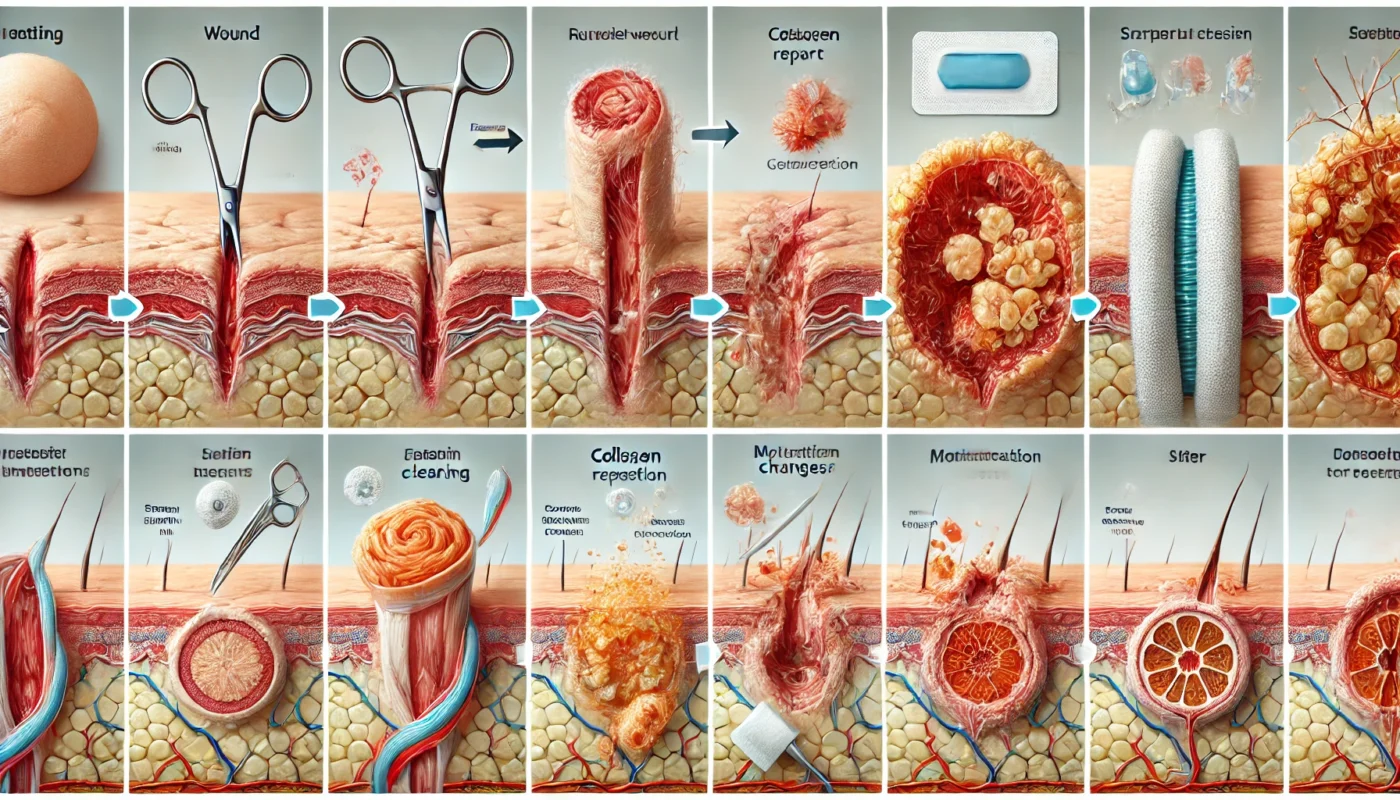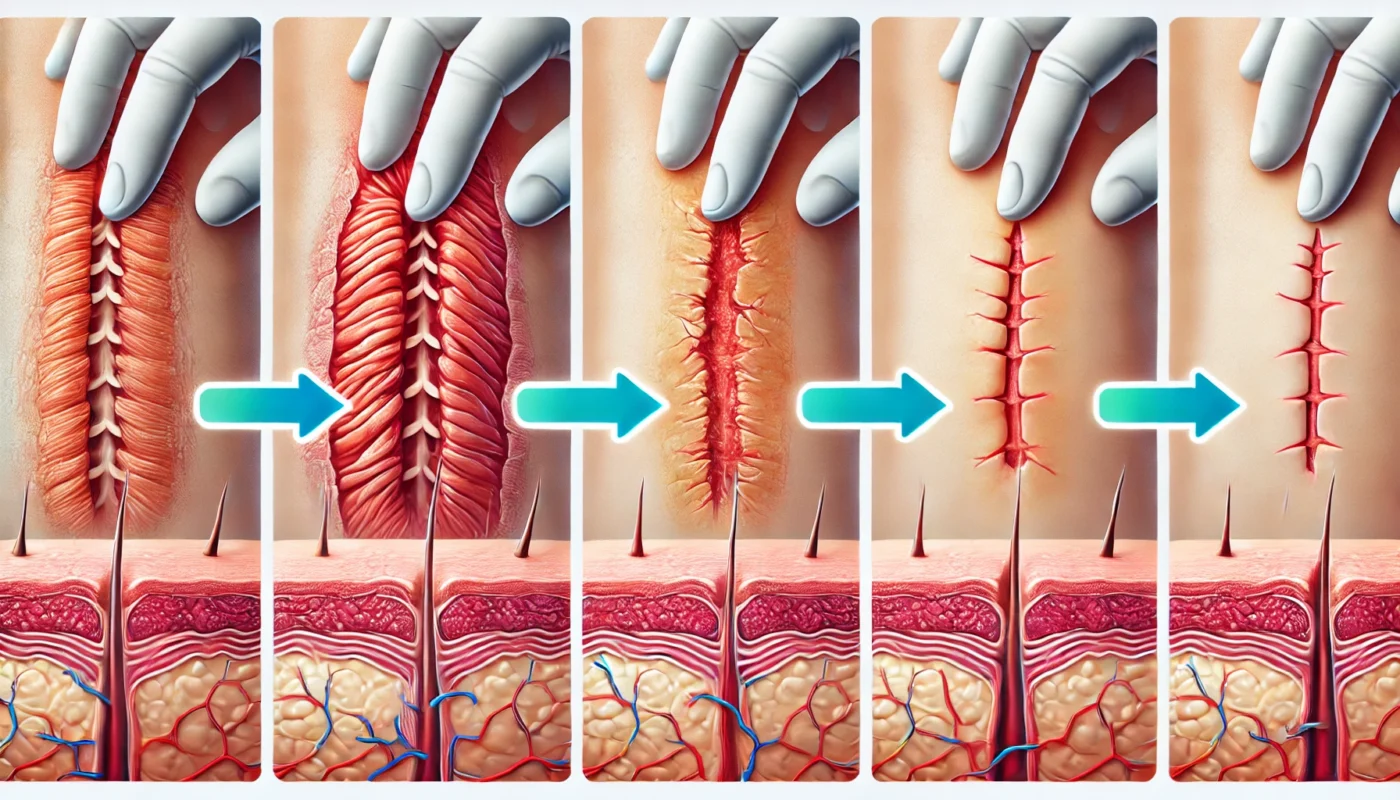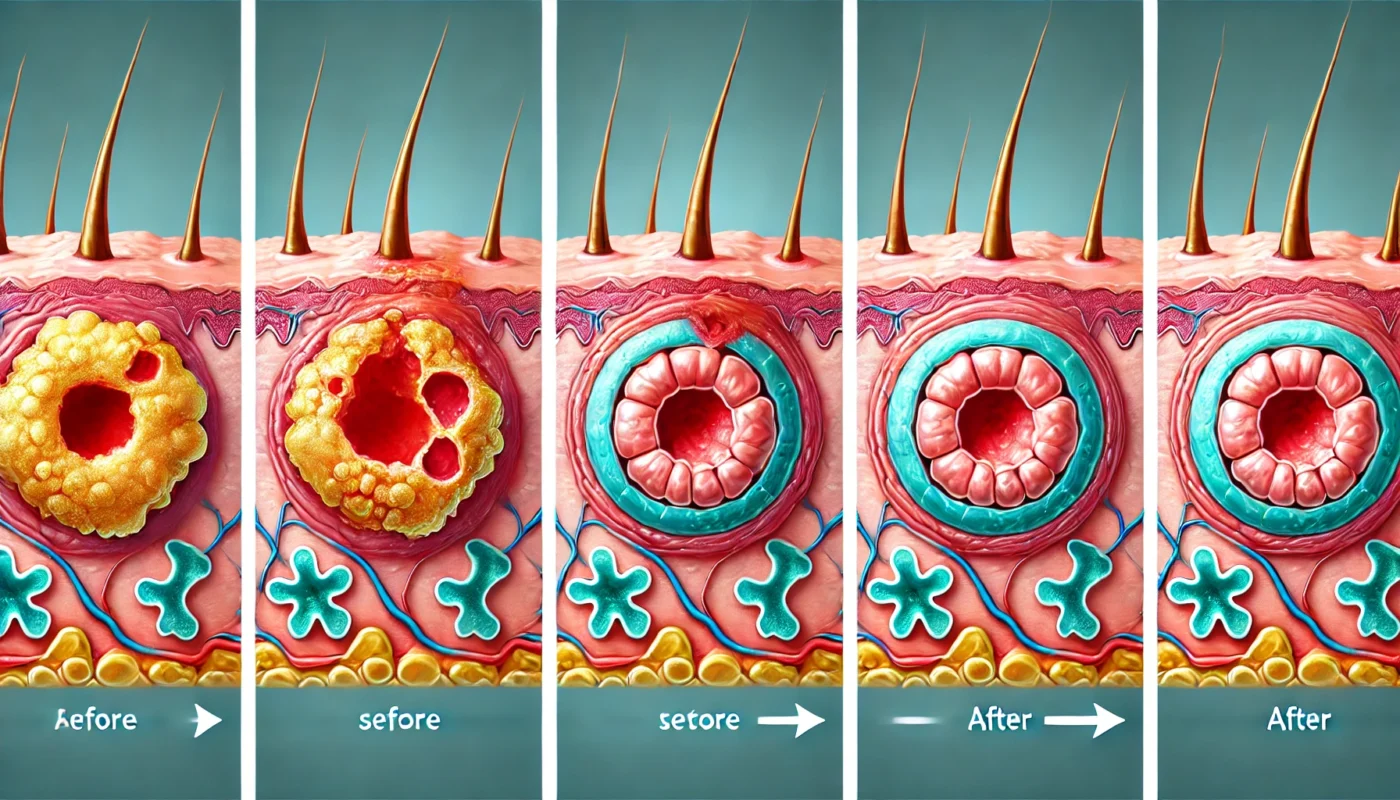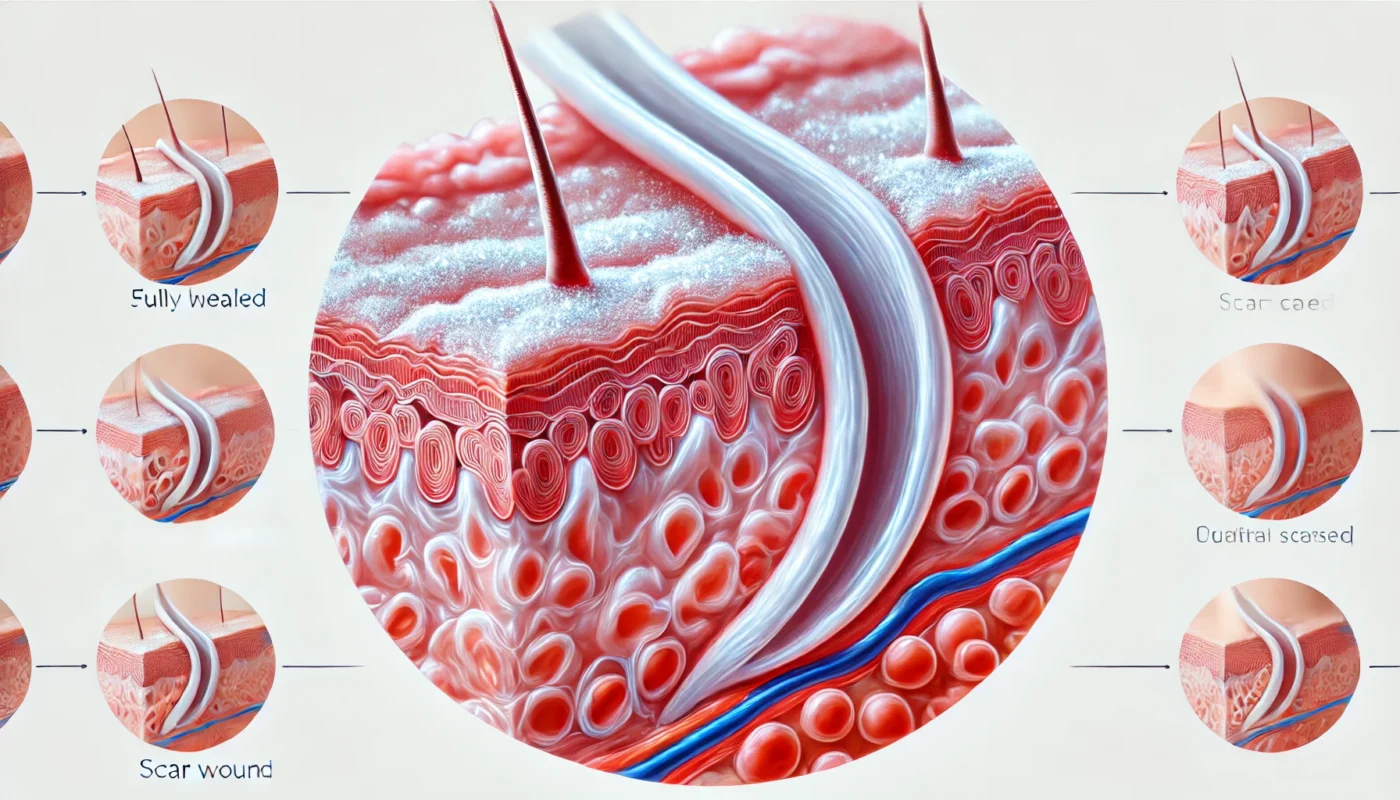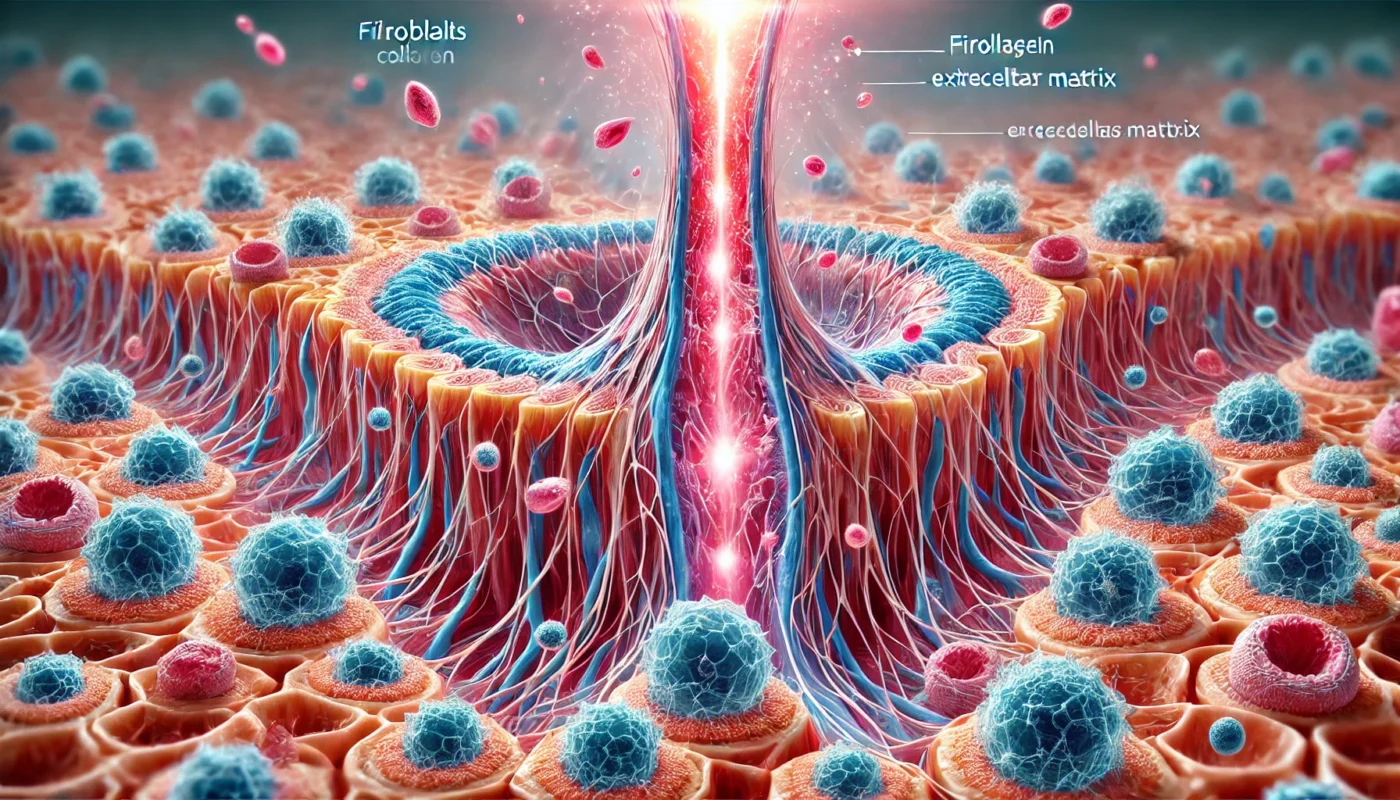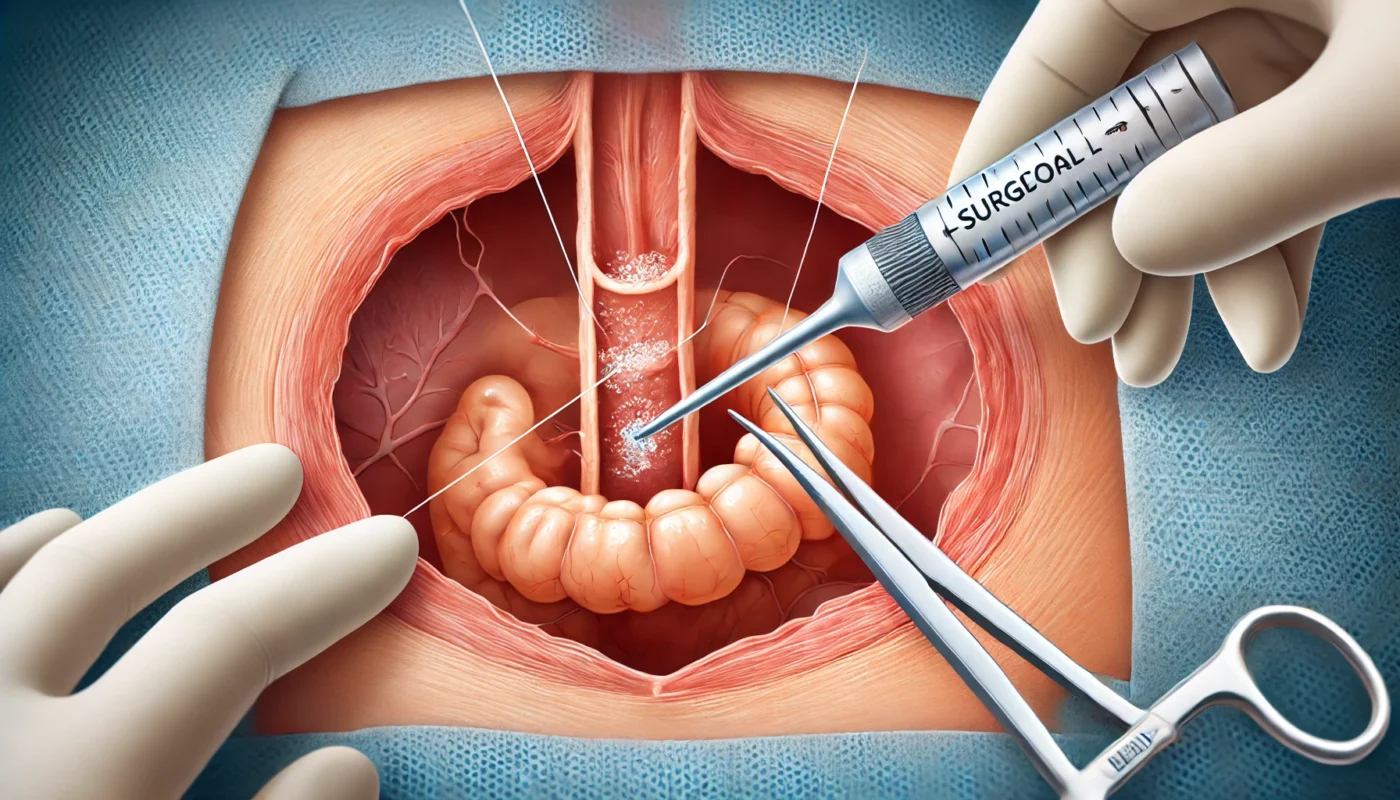In our day-to-day lives, we often encounter minor injuries such as abrasions or “scrapes.” These seemingly insignificant wounds, though common, can raise questions about healing time and proper care. Whether you’re a fitness enthusiast, a health enthusiast, or someone recovering from an injury, understanding the abrasion wound healing process can empower you to manage these injuries effectively. This article delves into the intricacies of healing, offering insights and practical advice to optimize recovery.
Author Archives: Peter Naini
Surgical incisions are cuts made by a surgeon during an operation to access the area of the body that requires treatment. The healing of these incisions is a complex process influenced by a variety of factors, including the type of surgery performed, the patient’s overall health, and post-operative care practices.
Scars are a natural part of the body’s healing process. They form as the body repairs damaged skin and tissues after an injury or surgery. The healing of surgical scars is a complex process that unfolds in several stages, each characterized by distinct biological activities. Let’s explore these stages in greater detail to better understand the journey of scar formation and resolution.
A paper cut occurs when the edge of a piece of paper slices your skin, typically on your fingers. Despite their small size, paper cuts can penetrate deep enough to reach nerve endings, causing a stinging sensation. The healing process for paper cuts is generally swift, but with the right care, you can further speed up recovery.
An abscess is essentially a pocket of pus that forms due to an infection. The human body’s response to infection involves sending white blood cells to the affected area, leading to inflammation and the accumulation of pus. This natural defense mechanism aims to isolate the infection and prevent it from spreading.
In the aftermath of any traumatic injury, including stab wounds, the journey to full recovery doesn’t end once the wound has closed. The long-term care of healed stab wounds is a crucial step to ensure optimal recovery and prevent potential complications. This article delves into the complexities of wound healing, offering practical advice and insights grounded in scientific research to help individuals manage their recovery process effectively.
The healing journey is a complex biological process that unfolds in several distinct stages. Each stage plays a vital role in restoring the skin’s integrity and function. Let’s explore these phases in detail:
When it comes to the intricate and fascinating process of wound healing, fibroblasts play a pivotal role that often goes unnoticed. These dynamic cells are integral to the repair and regeneration of tissues, working tirelessly behind the scenes to restore the skin’s integrity after an injury. In this article, we’ll delve into the function of fibroblasts, explore their significance in the wound healing process, and provide insights into how they contribute to each phase of healing. By understanding the multifaceted roles of fibroblasts, we gain a deeper appreciation for the complex biological processes that underpin healing.
Skin regrowth is a fascinating and complex process that plays a crucial role in maintaining our body’s protective barrier. Whether you are a fitness enthusiast pushing your physical limits or a medical patient on the road to recovery, understanding how skin heals and regenerates can empower you to take proactive steps in supporting this vital process. In this comprehensive guide, we will delve into the factors that influence skin regrowth after damage, explore the stages of wound healing, and offer practical advice to aid and expedite recovery.
In the ever-evolving world of minimally invasive surgery, laparoscopic procedures stand out for their ability to reduce recovery times and minimize scarring. A key player in this arena is surgical glue, a product that has seen significant innovations over recent years. But how does this adhesive work, and what does it mean for your recovery process? Let’s explore the latest advancements in surgical glue for laparoscopic procedures and how these innovations can benefit your health journey.


